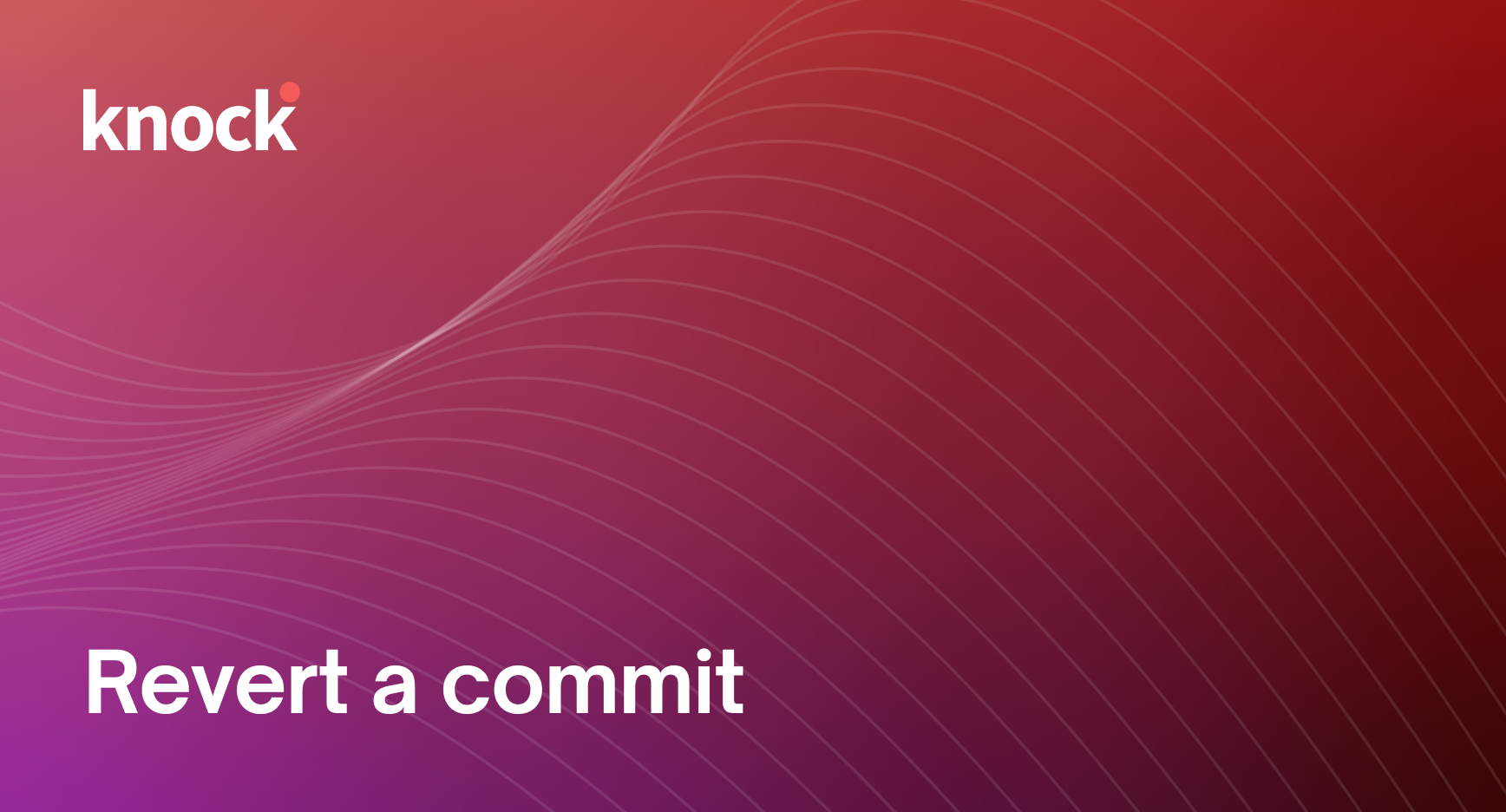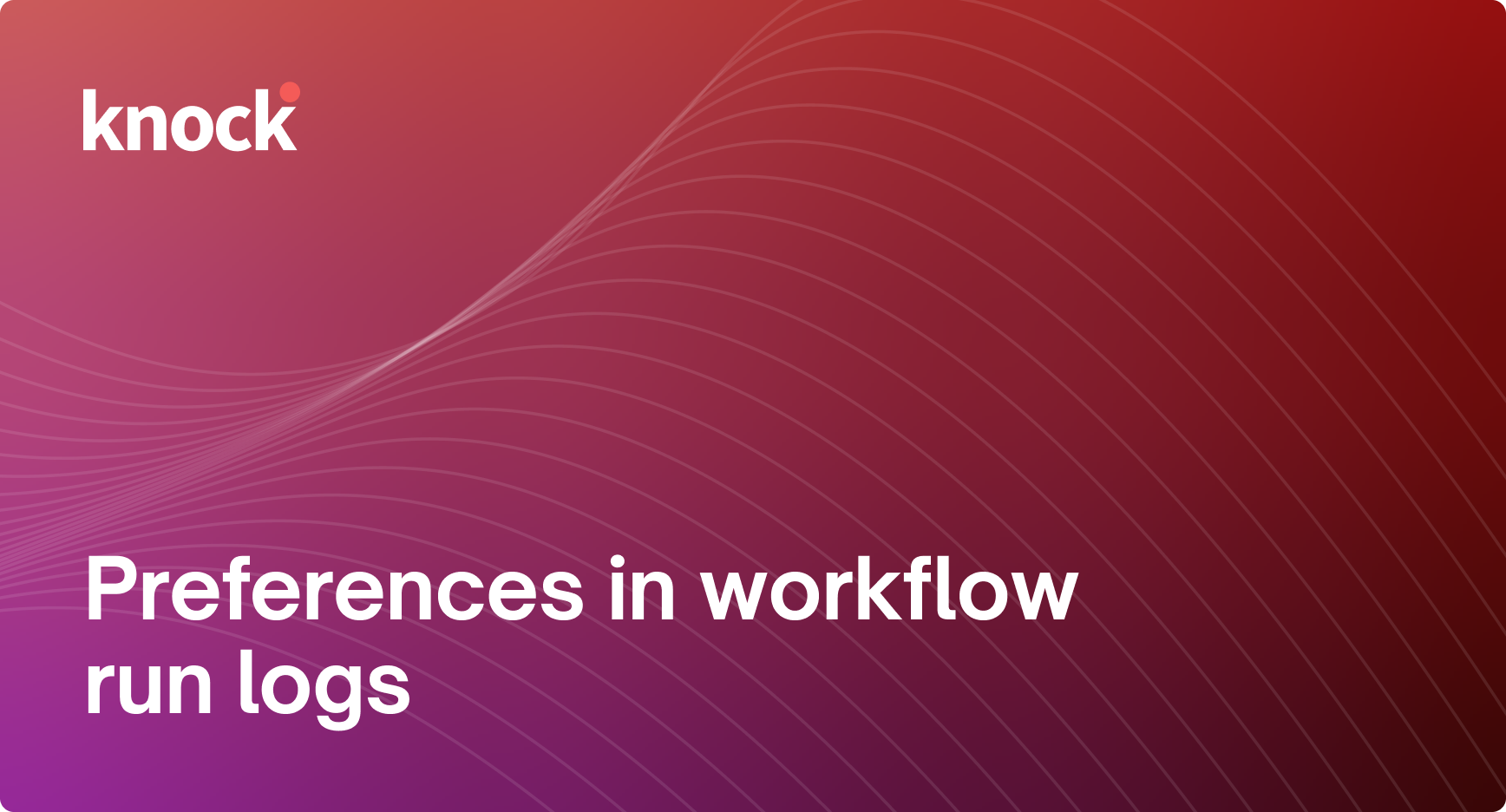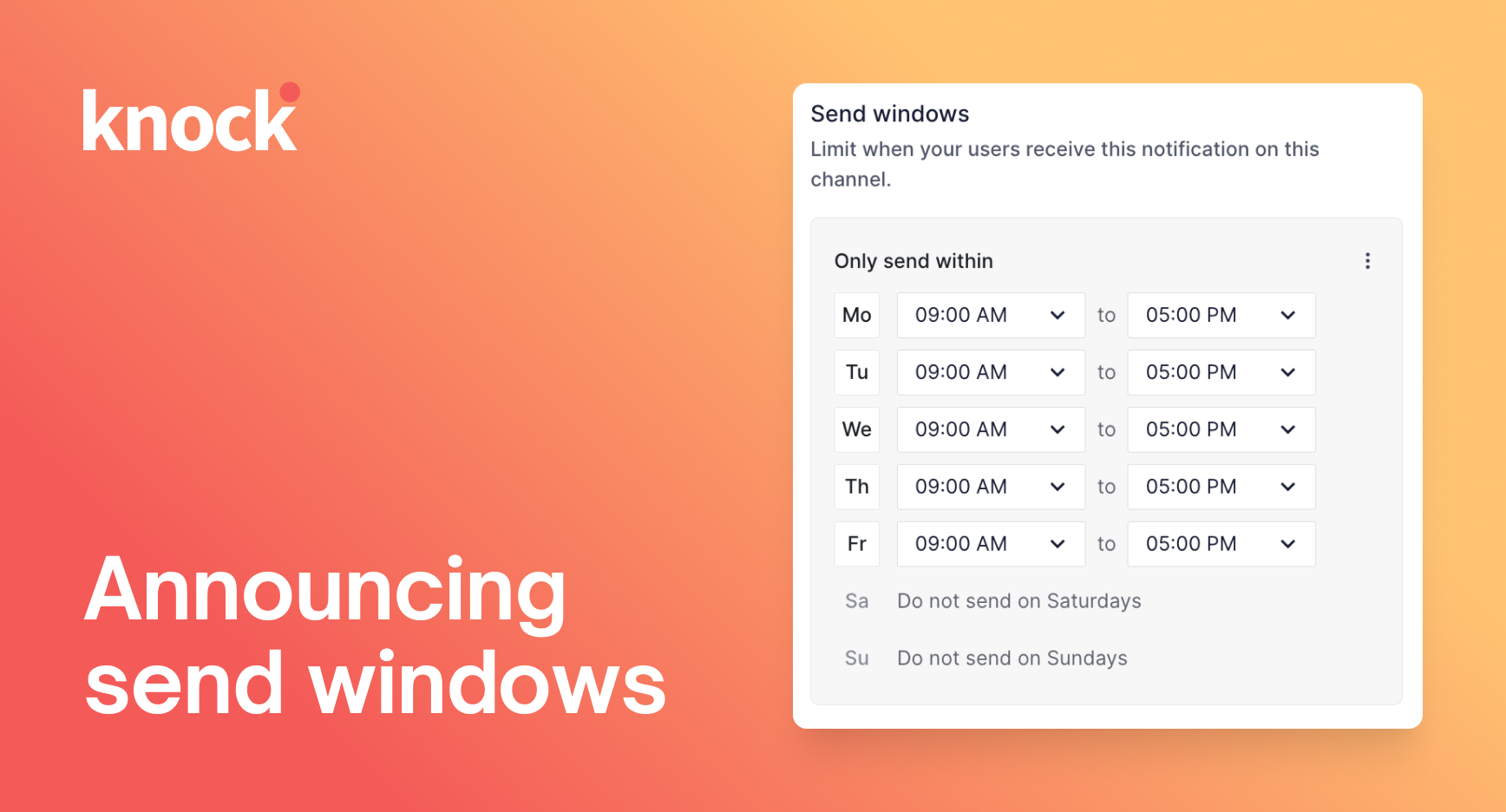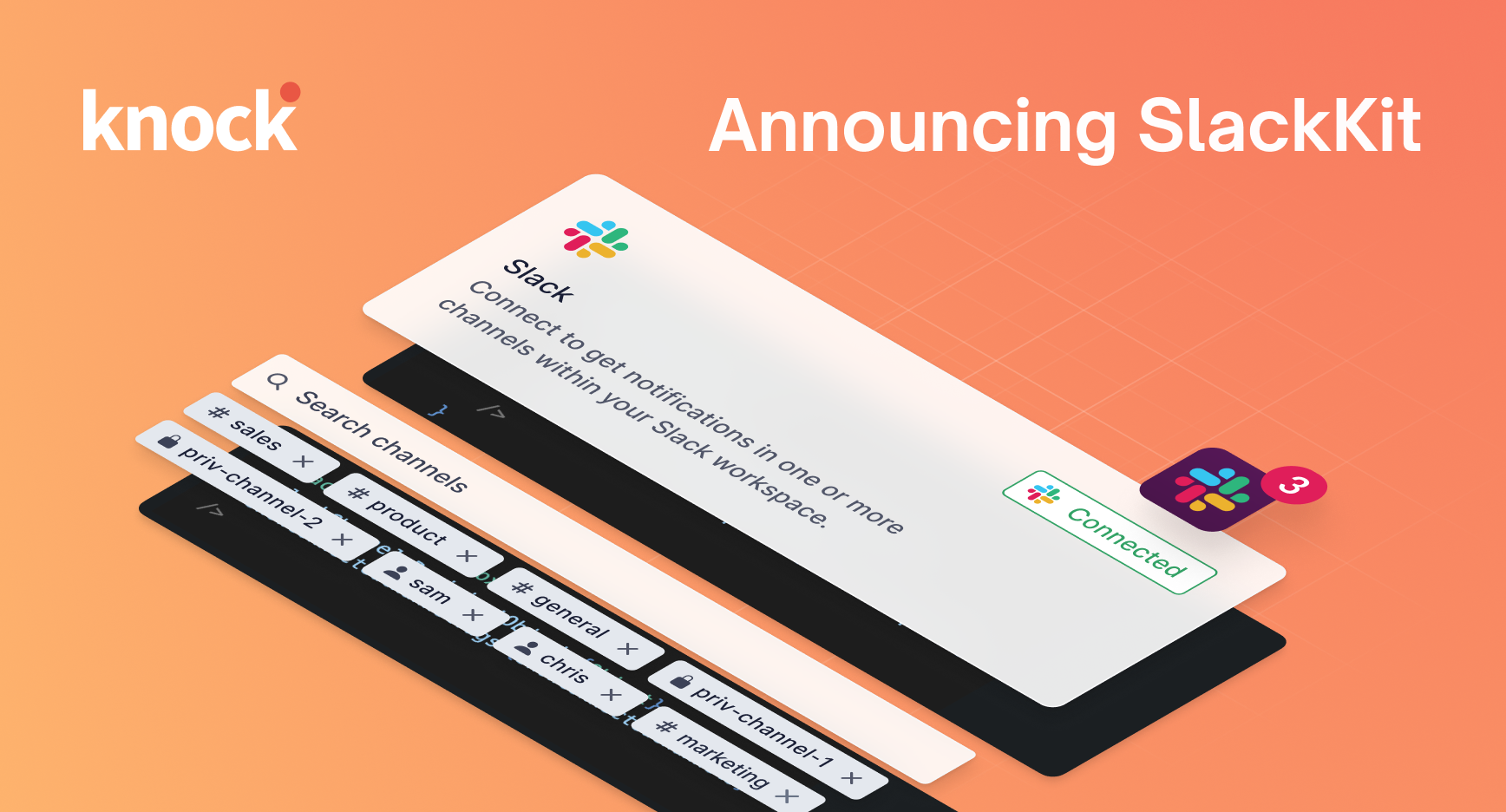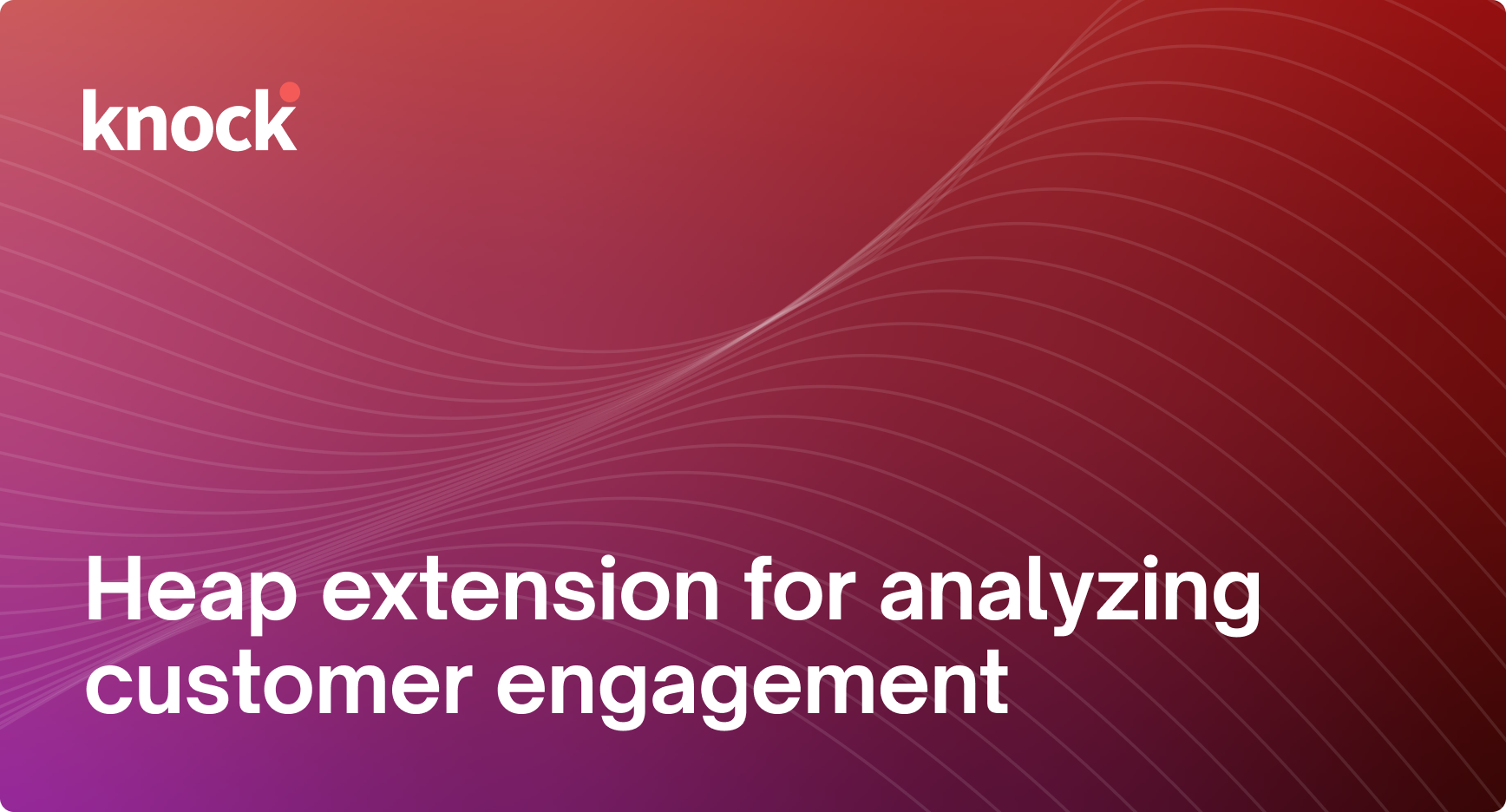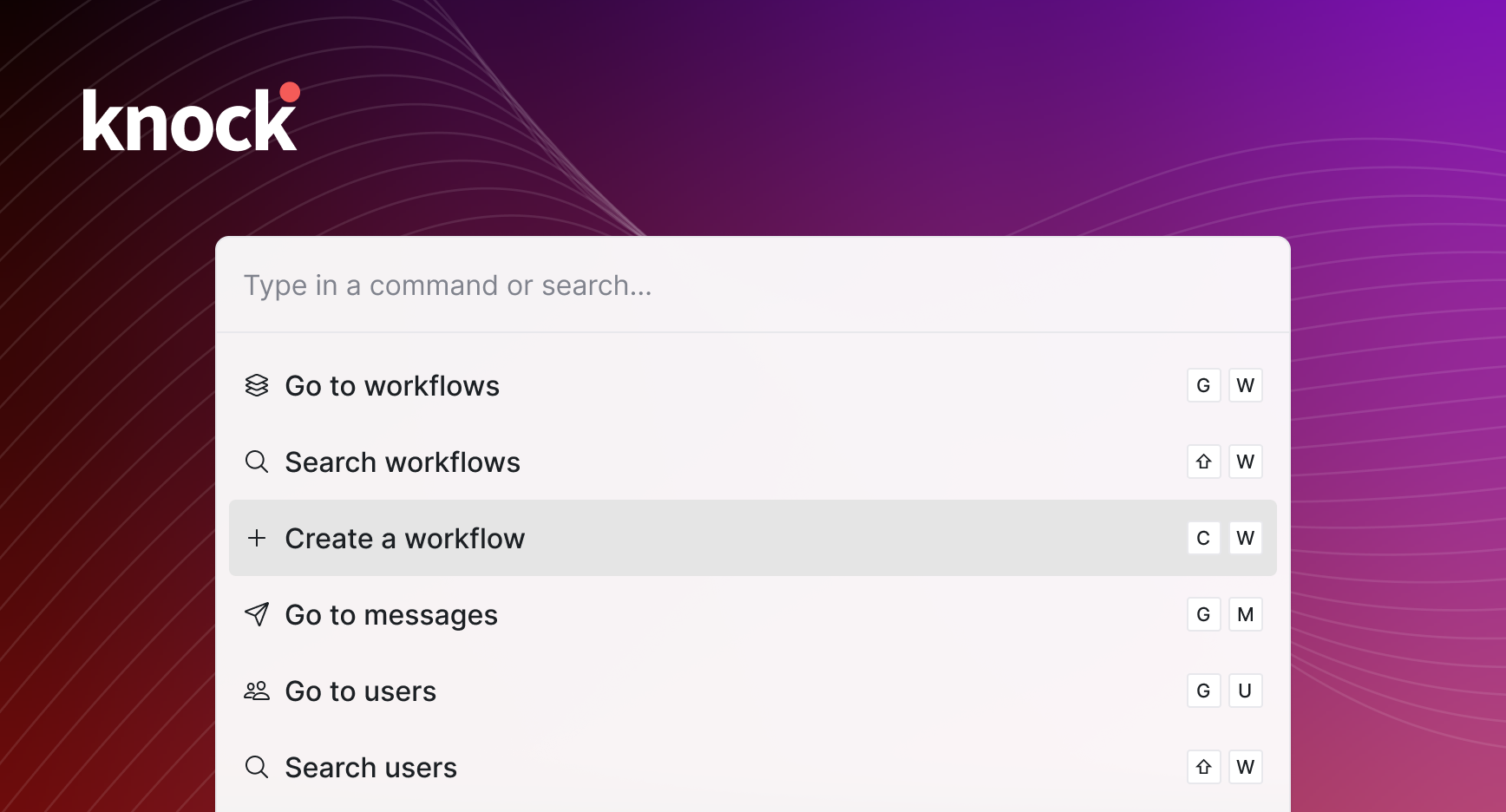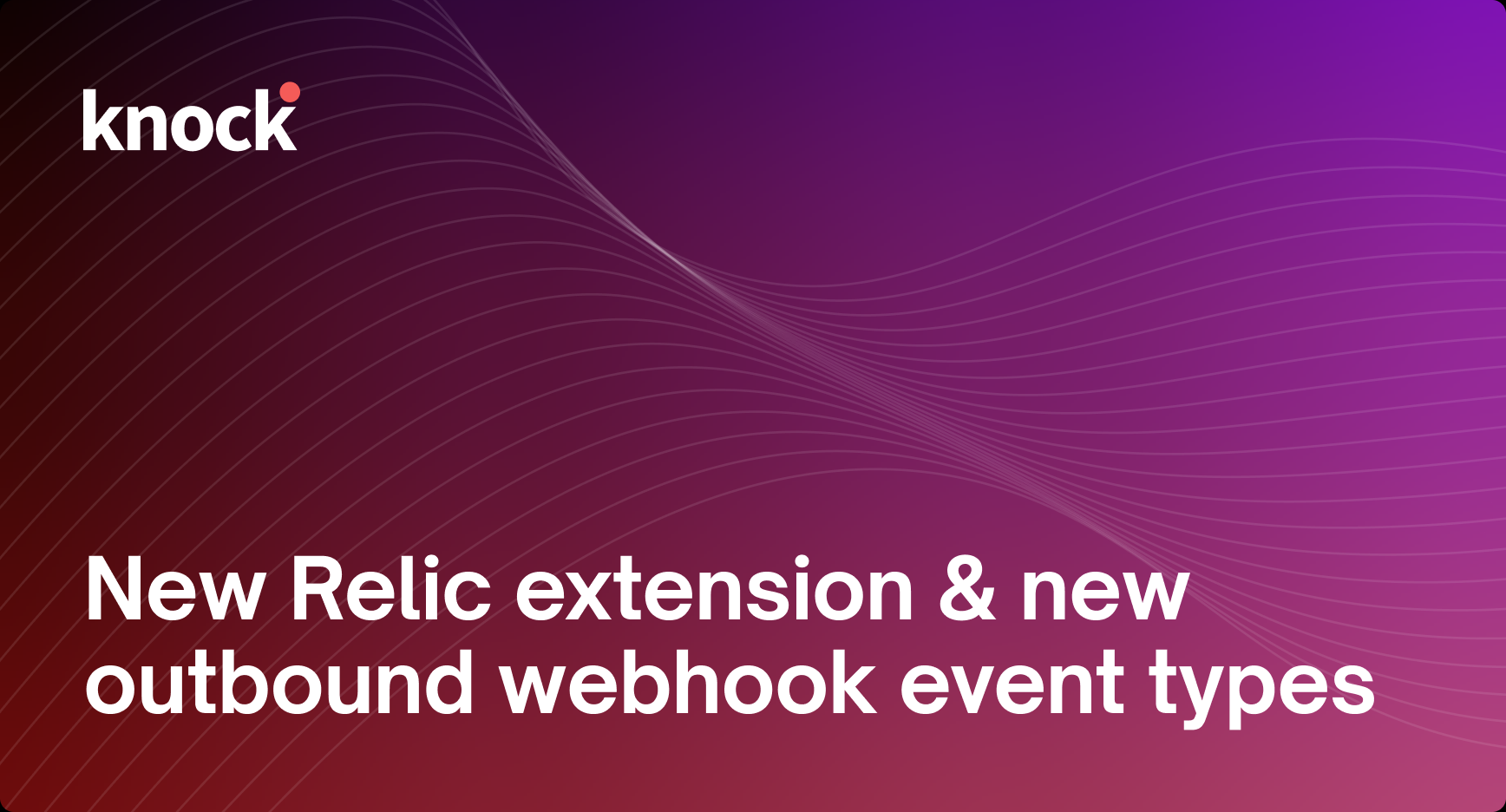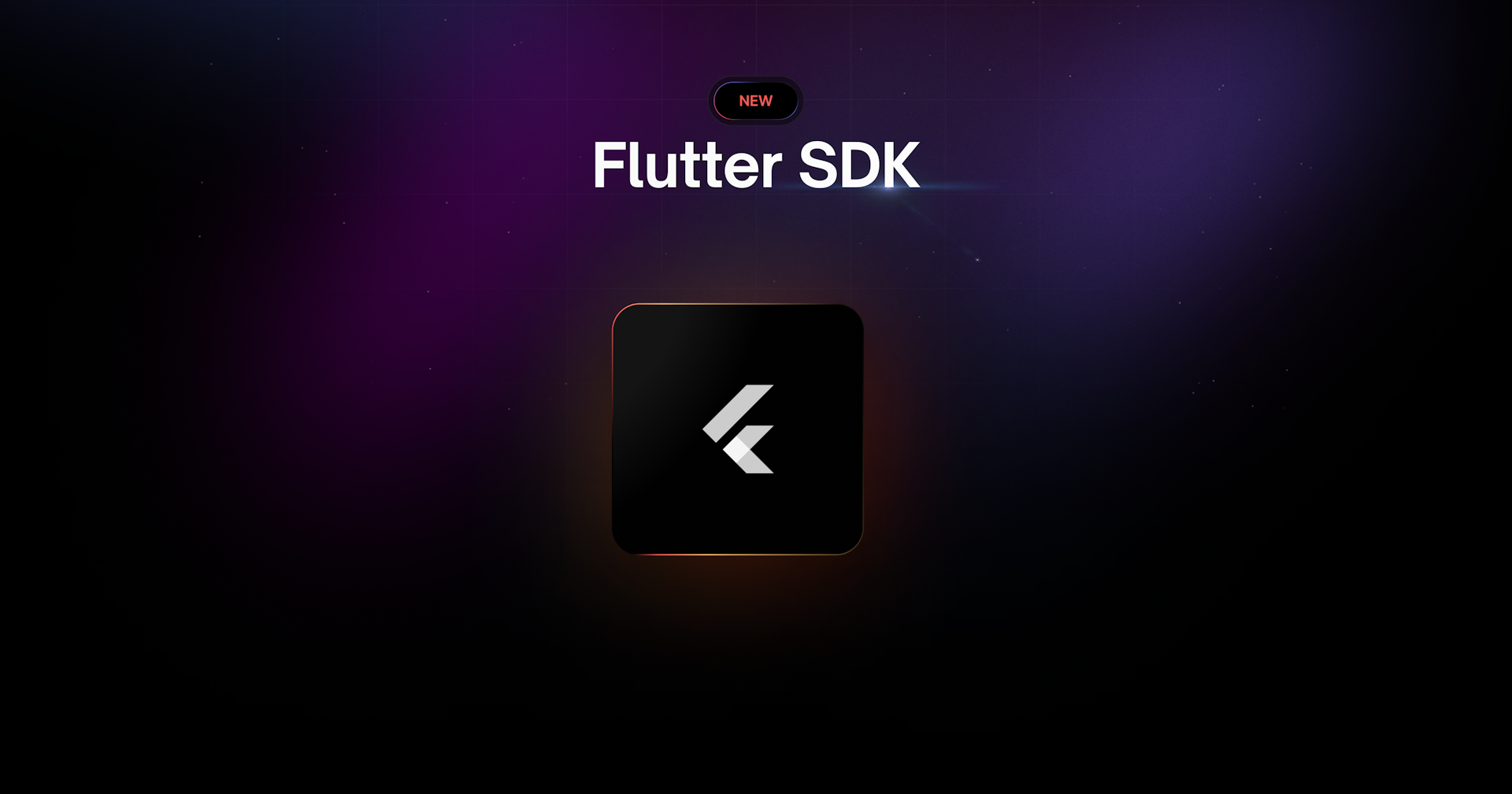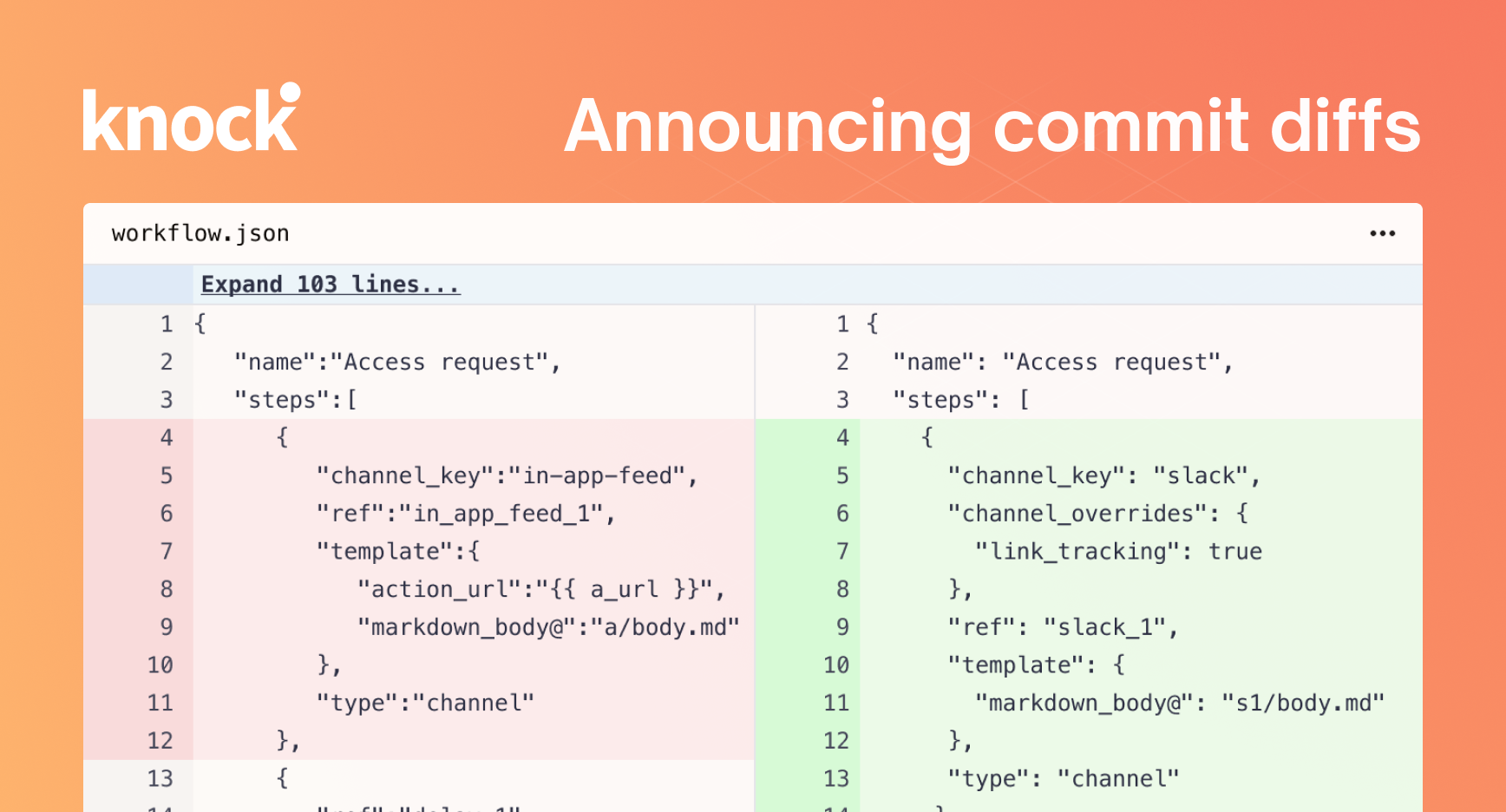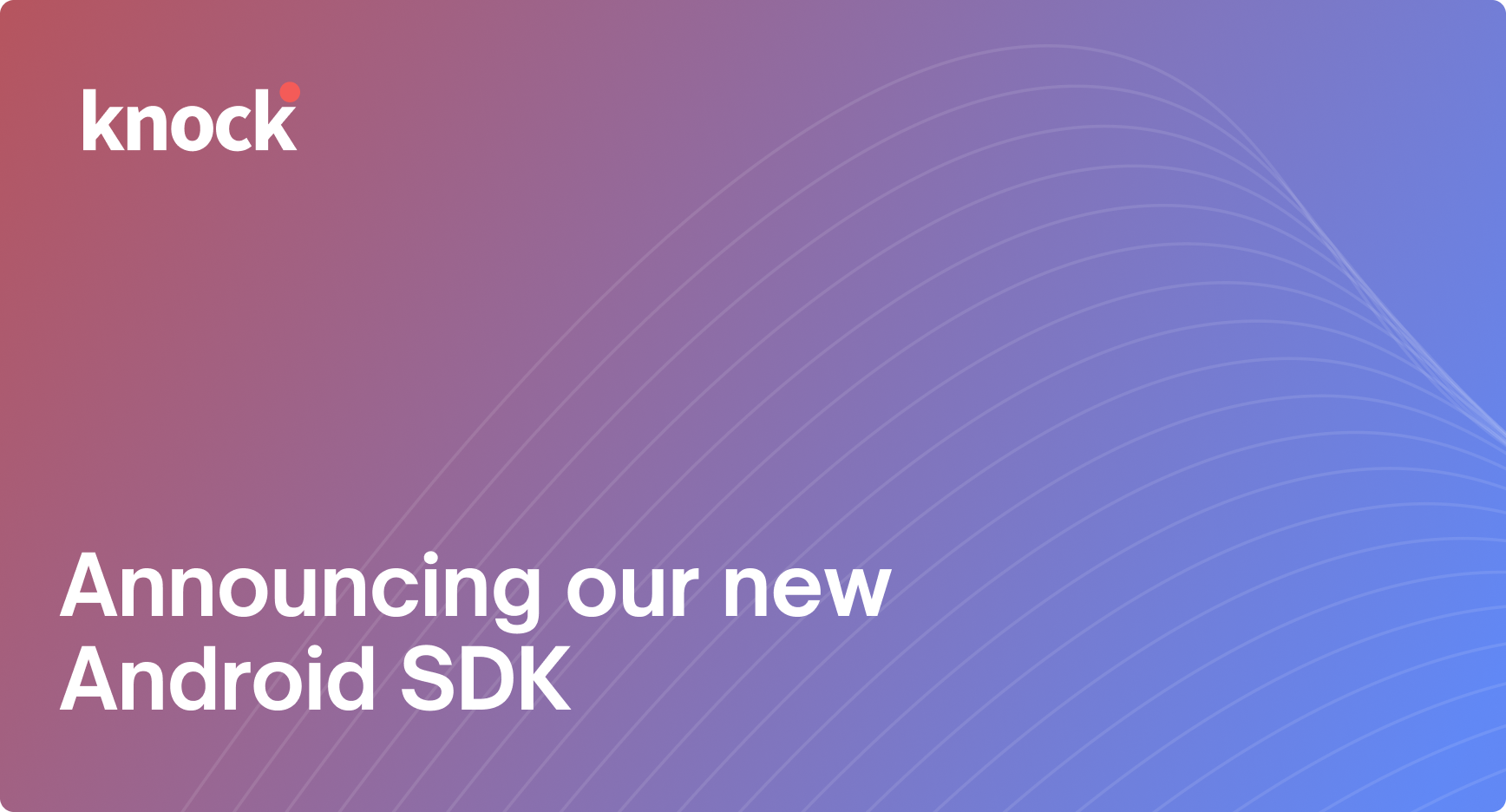Revert a commit
Today we’re expanding the capabilities of our commit system to include the ability to revert a specific commit. Reverting a commit makes it easy to undo a set of changes you already committed.
Previously when using the Knock commit system, there was no way to reverse a change that had been committed. With revert commits, you can reverse a change directly in the dashboard.
Read more about commits in the docs.
You can also check out this video to see how you can revert a commit from the dashboard.
Fixes and improvements
- 🐛 We fixed an issue where
skippedmessage statuses were not always evaluated correctly. - 🐛 We fixed an issue where channel data set on a tenant would be incorrectly exposed in the variable pane.
- 🐛 We fixed an issue where system properties like
phone_numberwere not able to be modified when used as preview data on a workflow. - 🐛 We fixed an issue where our Slack auth API would return a 500 without returning a descriptive error.
